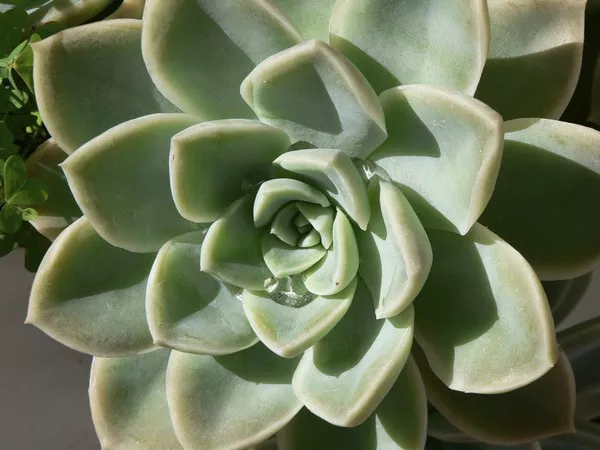Succulents are beloved plants known for their unique shapes, vibrant colors, and ability to store water in their leaves, stems, or roots. These hardy plants have gained immense popularity among gardeners and enthusiasts due to their low maintenance requirements and diverse range of species. While succulents are generally long-lived and can survive in challenging conditions, some species exhibit a peculiar trait – they die after blooming. In this article, we will explore the fascinating world of succulents that experience the end of their life cycle following their flowering period.
The Agave Paradox
Agaves, a genus of succulent plants, are renowned for their architectural beauty and impressive size. These plants are often characterized by their rosette-shaped leaves and tall flowering stalks. Agaves typically require many years to mature before they reach the flowering stage, sometimes taking as long as 10 to 30 years. This prolonged period of growth makes the bloom of an agave a much-awaited event.
Once an agave reaches maturity and produces a flowering stalk, it directs a significant portion of its energy towards the development of flowers and the production of seeds. This intense reproductive effort ultimately exhausts the plant, draining its reserves of nutrients and causing it to wither and die. This phenomenon, known as monocarpic senescence, is common among agaves and is a testament to the plant’s remarkable reproductive strategy.
The Sempervivum’s Final Act
Sempervivums, commonly referred to as hens-and-chicks, are small, low-growing succulents that form rosettes of fleshy leaves. These plants are popular in rock gardens and container arrangements due to their striking color variations and ability to thrive in challenging environments. Sempervivums are known for their ability to produce offsets or “chicks” around the base of the mother plant.
After several years of growth, a sempervivum will typically enter its flowering stage. The plant directs its energy towards the production of a tall, slender stalk adorned with a cluster of flowers. As the flowering process progresses, the rosette from which the stalk emerges gradually deteriorates and eventually dies. However, the demise of the mother plant is not the end of the story. The offsets or chicks surrounding the base of the plant have already established their root systems, ensuring the continuity of the species.
The Echeveria’s Swan Song
Echeverias, a diverse group of succulents characterized by their rosette-shaped, fleshy leaves, are highly sought after for their stunning ornamental appeal. With a wide array of shapes, colors, and textures, echeverias have become a favorite choice for succulent enthusiasts. While most echeverias are resilient and long-lasting, some species exhibit monocarpic behavior, dying after blooming.
Similar to agaves and sempervivums, echeverias direct their energy towards producing a flowering stalk when they reach maturity. The plant’s resources are channeled into the development of an elongated stem that bears clusters of brightly colored flowers. As the flowers fade and the seeds mature, the mother plant gradually weakens, leading to its eventual demise. However, like sempervivums, echeverias often produce offsets or plantlets that can be separated from the dying mother plant and replanted, ensuring the survival of the species.
The Enigma of Monocarpic Succulents
The phenomenon of succulents dying after blooming is an intriguing aspect of their life cycle. While it may seem counterintuitive for plants to expend so much energy on reproduction only to perish shortly after, monocarpic senescence serves a crucial ecological purpose. By investing all their resources into a single reproductive event, these plants maximize their chances of producing viable seeds and ensuring the continuation of their species.
From an evolutionary perspective, the survival of the species is prioritized over the longevity of individual plants. Monocarpic succulents have developed this reproductive strategy as an adaptation to their native habitats, where resources may be scarce, unpredictable, or only available periodically. By undergoing monocarpic senescence, these plants efficiently allocate their limited resources, ensuring the greatest possible chance of reproductive success.
Conclusion
Succulents are remarkable plants that have captivated the hearts of many with their unique adaptations and stunning beauty. While most succulents are known for their longevity and ability to withstand harsh conditions, some species exhibit a fascinating life cycle trait – they die after blooming. Agaves, sempervivums, and certain echeverias are among the succulents that follow this monocarpic senescence pattern, sacrificing themselves for the sake of successful reproduction.
Understanding this behavior provides us with a deeper appreciation for the complexity of plant life cycles and the diverse strategies employed by different species. So, the next time you witness a succulent reaching the end of its life after producing a breathtaking display of flowers, remember the purpose behind this grand finale – the continuation of life itself.


